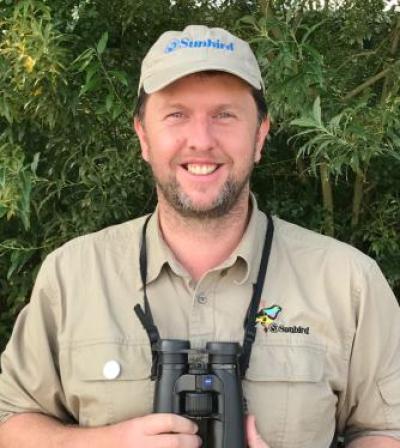Paul French on his Feb-Mar 2020 tour to Senegal
It's been many years since we did a Senegal tour, and much has changed in the interim. A increase in both local and visiting birders has really highlighted the enormous potential of this relatively small West African country, and its position straddling the Saharan, Sahelian, Sudanese and Guinean biomes makes for a fascinating birding adventure, with a couple of specialities and several species that are difficult if not virtually impossible to find elsewhere. Here are a few images from the tour.
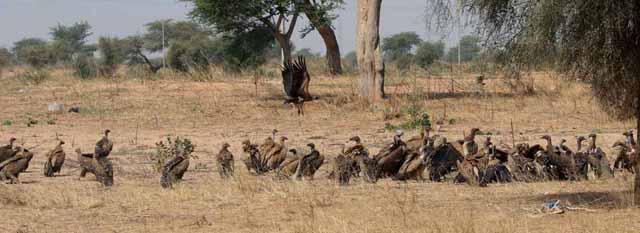
Moving north from Dakar, we were soon into open savannah woodland, and one of the immediate highlights of the tour was this mixed group of vultures on a carcass. Ruppell's Griffons and African White-backed were most numerous, but there were also several Eurasian Griffons and a couple of hulking Lappet-faced Vultures.
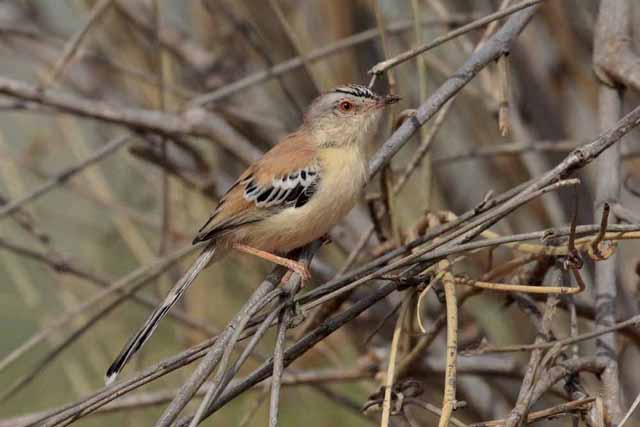
The acacias and scrub in the north of Senegal are home to several of the specialities. One of the easier ones to find is Cricket Longtail, a demonstrative and striking bird, its calls and song carry a surprising way.
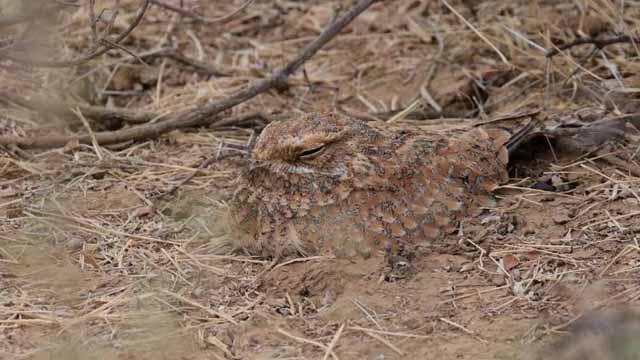
One of the biggest revelations in recent times has been the regularity with which Golden Nightjars can be found at day roost. Such beautiful nightjars, but so incredibly difficult to find at roost!
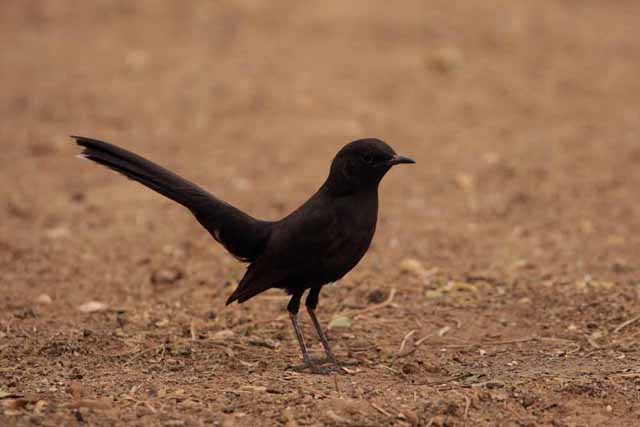
Another of the charismatic birds is the Black Scrub Robin, a proper little charmer! Pleasantly common and even present in our hotel grounds.
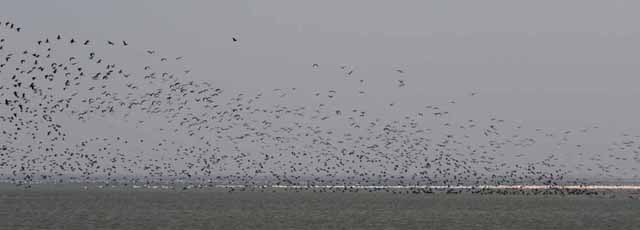
From the Sahel zone we moved a short distance into one of West Africa's premier wetlands, the Djoudj National Park. This area of seasonally flooded wetlands is home to huge numbers of waterbirds, here are clouds of White-faced and Fulvous Whistling Ducks, plus a striking pink line of Greater Flamingos.
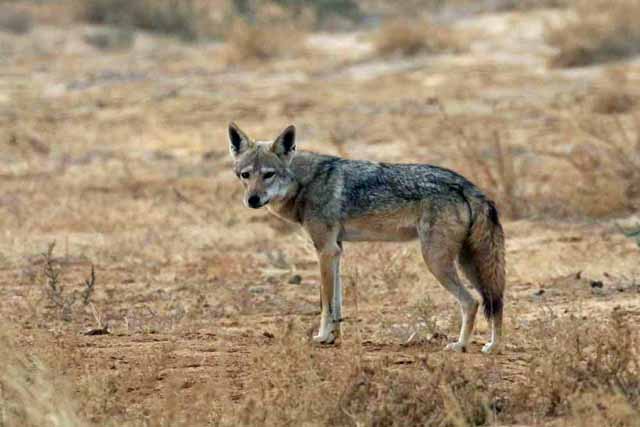
Also here in good numbers is the recently identified African Golden Wolf, not quite as sturdy as its northern cousins but still a beautiful canid.
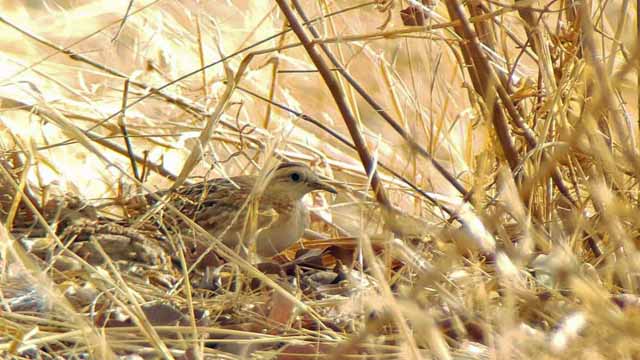
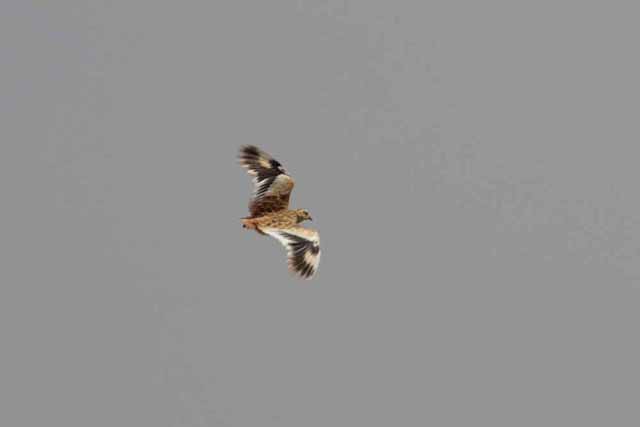
Moving south into the Senegal heartlands, the low bushlands near Kaolack hold one of the most sought after birds of the tour, the enigmatic Quail-plover. Now thought to be an aberrant button-quail, this odd species has a huge distribution from Senegal to Kenya, but is incredibly hard to find. This is now by far the most reliable area in the world for them, and we enjoyed "walk-away views" of one as it sat under a bush, and then flushed and we experienced the remarkable wing pattern.
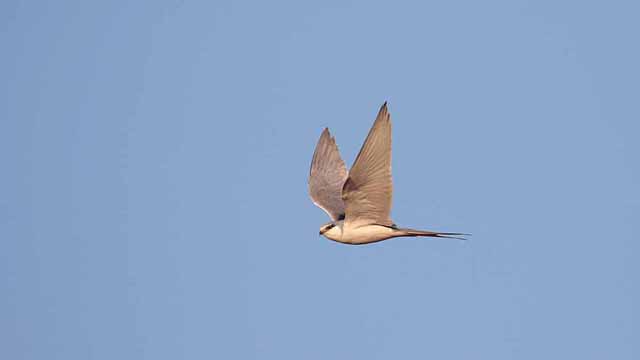
Nearby is the famous Scissor-tailed Kite roost, hosting several thousand birds at its peak in mid-winter. Truly one of the most elegant and beautiful of raptors.
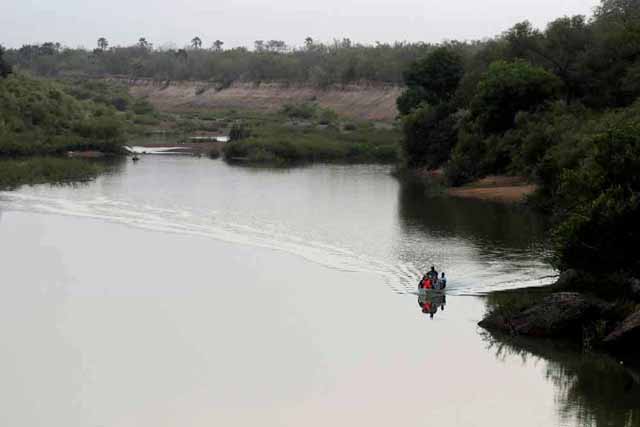
Moving SE, we spent three nights at the excellent Wassadou camp, situated on the Gambia River. The birding here is great, and as well as walking from the camp through the scrub and open woods, we also take a boat trip down stream to get up close and personal with some of the species found here..
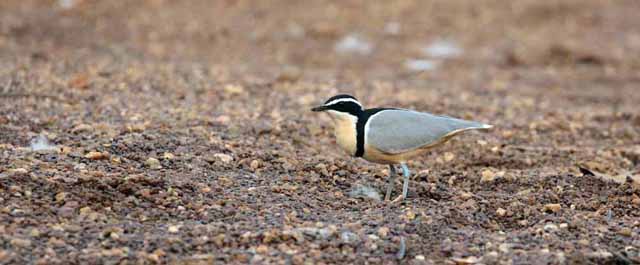
..such as the incomparable Egyptian Plover.
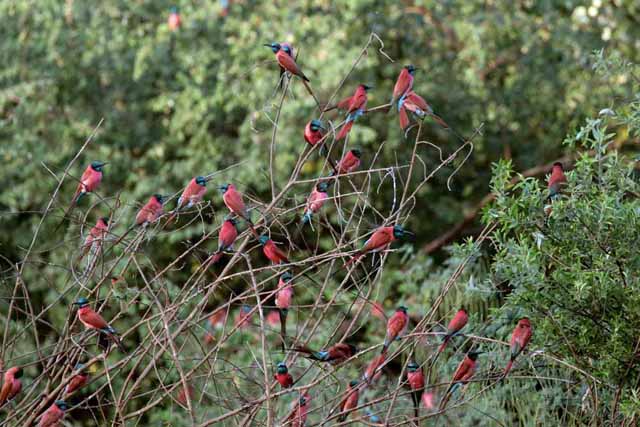
The bee-eater colonies along the river are always popular, and seeing flocks of Northern Carmine Bee-eaters hanging off bushes like gaudy Christmas decorations always lifts the soul.
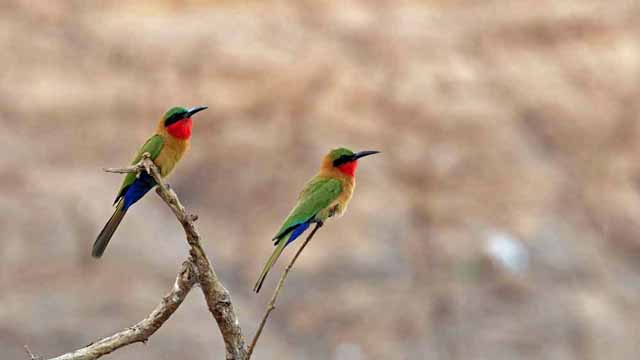
Alongside the Carmines, these Red-throated Bee-eaters are just as attractive, and while they may not have the size and long tails of their neighbours, those blue undertail coverts are a stunning feature in their repertoire.
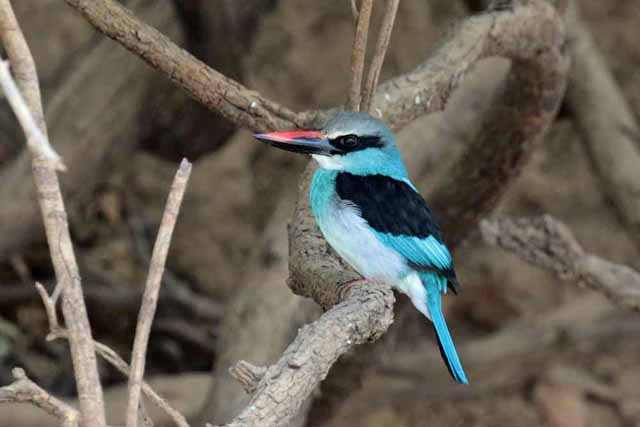
The Blue-breasted Kingfisher is pleasingly easy to see here
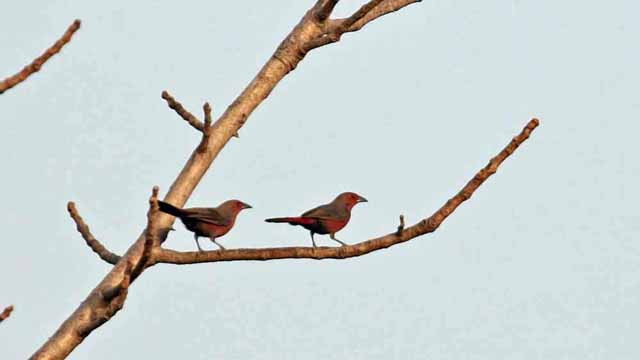
Our final destination was the dry woodlands and rocky escarpments of the Kedougou area in the far SE of Senegal. Here there are several more specialities, and we succeeded with them all. One of the main targets is the Mali Firefinch. We struck gold with this species, after this pair on our first evening, we found a spot with up to 40 birds coming to drink, plus a pair of Neumann's Starlings. While a bit distant for photos, 'scope views were more than good enough.
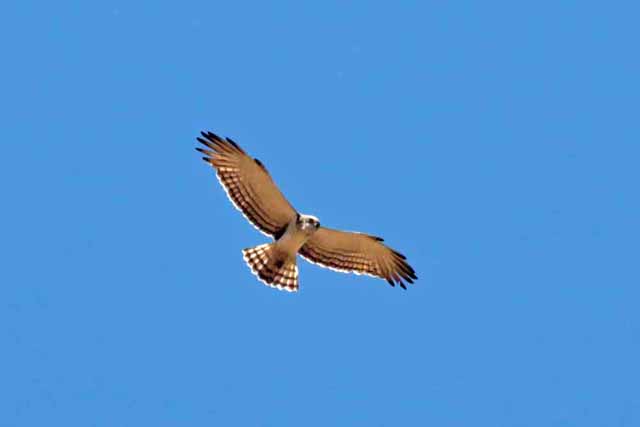
Overhead, we always keep one eye on the raptors, and this striking Beaudouin's Snake Eagle was one such reward.
